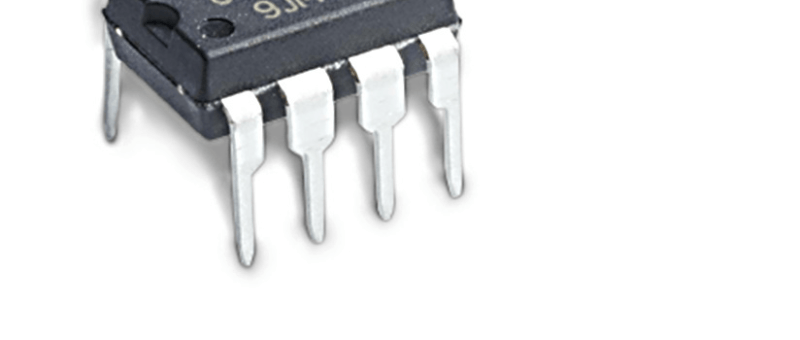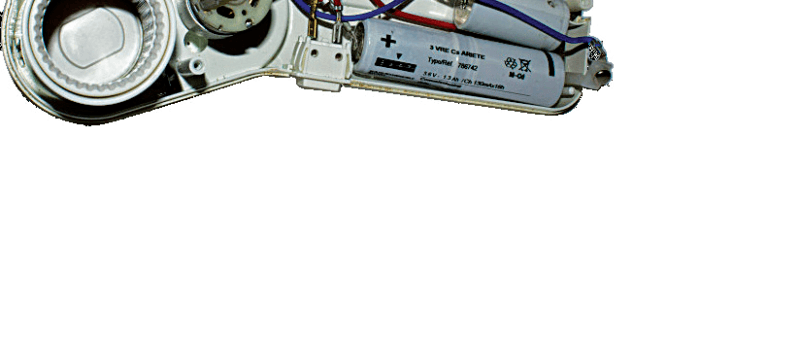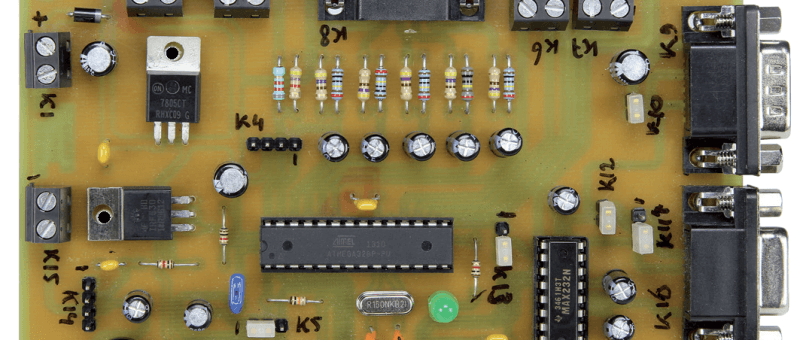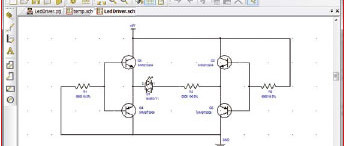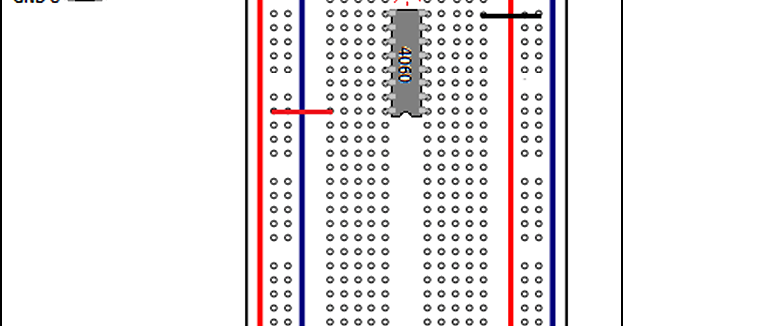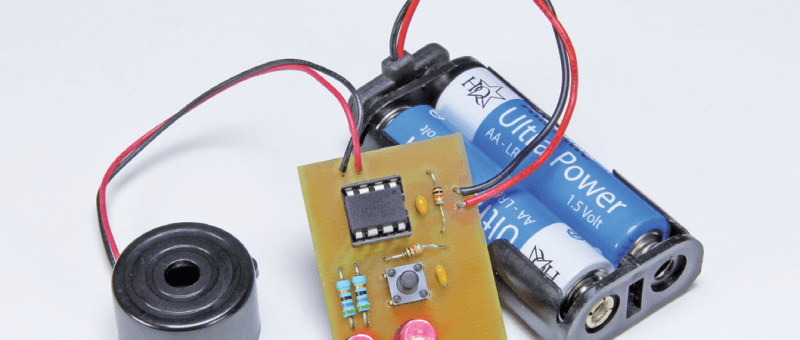| In the course of this article series [1] we first showed how to program a PICAXE chip and how to build basic input and output circuits (El...
More about project (253)
| Although tons of home appliances, kitchen-type utensils and consumer electronics run off batteries, manufacturers do not seem to care much...
| This story is about clouds of the water dropping variety. Transmitting data from a capsule dangling from a weather or sounding balloon is n...
| Last time I talked about how to setup and use libraries in DesignSpark. Today we’ll make a simple bi-color LED driver to learn how to use th...
| In this article series we cover a range of topics relevant to the design of electronics projects based on the PICAXE range of microcontrol...
| Watching a single LED blink is potentially hypnotizing, even if it blinks at a fixed rate with a fixed duty cycle. That’s promising for a...
| So far in our Elektor.POST projects we have looked at mainly digital signals such as GPIO, Serial UART, SPI and I2C of the Raspberry Pi’s...
| Parking in garages can sometimes be tricky as it is often difficult to know where exactly the end of the car is. A tennis ball on a strin...
| Allergies sadly are common and affect our daily lives, from the odd sneeze and watery eyes in full summer right up to skin rashes and debil...
| In the previous two parts published through Elektor .POST we’ve looked at the UART and SPI interfaces of the Raspberry Pi’s Expansion Heade...


